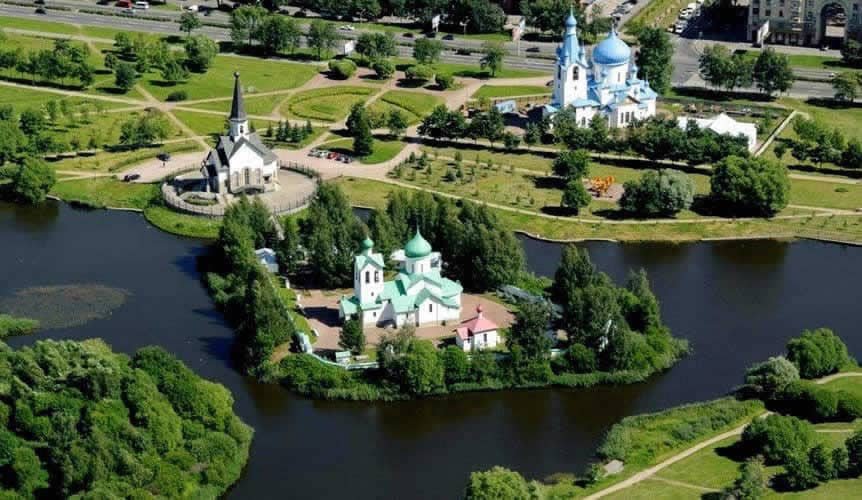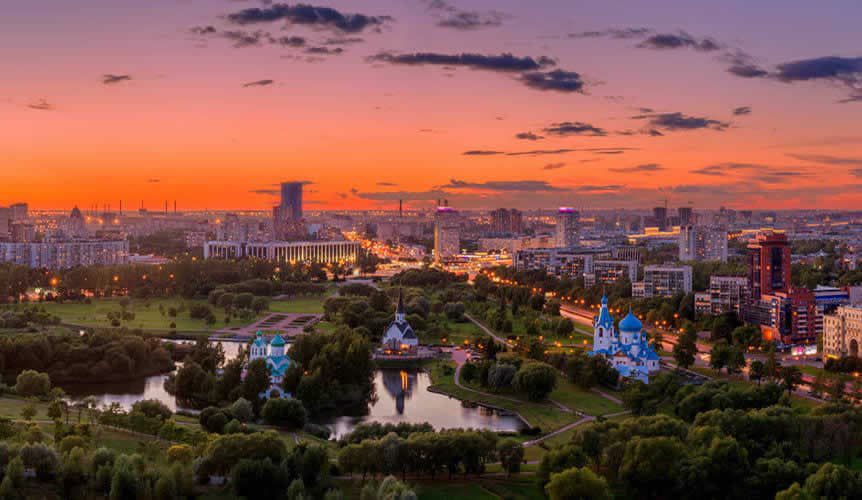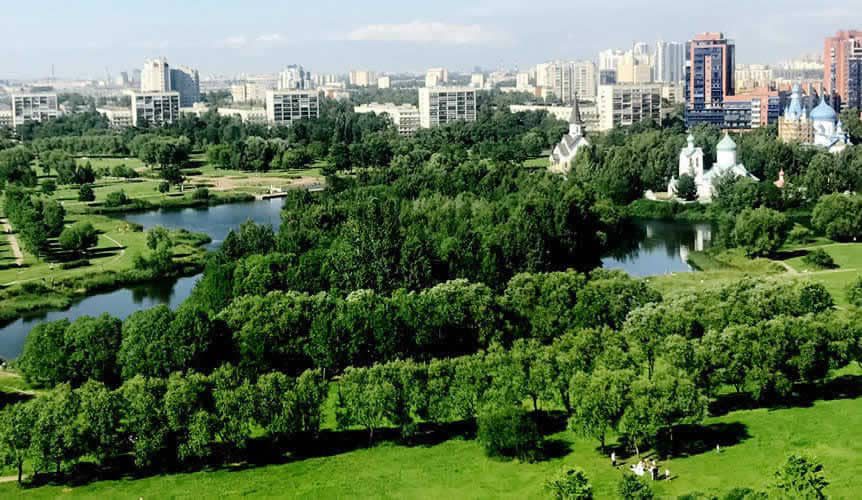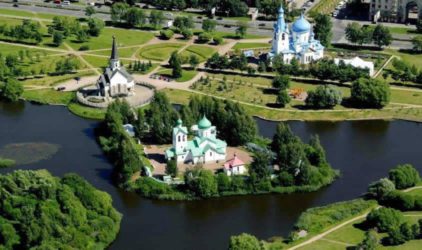The Cyrillic alphabet was created in the ninth century by the enlighteners Cyril and Methodius to record the Slavic languages. These brothers developed Glagolitic, a more complex alphabet, and later Cyrillic, which was based on the Greek alphabet.
The Cyrillic alphabet included letters for sounds that were not present in Greek and was used to translate liturgical texts into Slavic.

In the 10th-11th centuries, the Cyrillic alphabet developed and adapted in various Slavic regions. Additional letters such as ‘Ѣ’ (ять), ‘Ѳ’ (фита) and ‘І’ (иже) appeared.
The alphabet was gradually standardised, and by the twelfth and thirteenth centuries, various regional variants were formed on the basis of the Cyrillic alphabet, leading to the emergence of many dialects and linguistic peculiarities.
Petrine reforms
In the 18th century, especially during the reign of Peter the Great, the Russian alphabet underwent significant changes. In 1708, Peter the Great introduced the civil script, which made writing simpler and more accessible. This was part of a wider programme to Europeanise Russia. The reform led to the elimination of some letters such as ‘Ѣ’, ‘Ѳ’ and ‘І’ and simplified the graphics, making it easier to read and write.
Soviet period
After the October Revolution of 1917, there were further changes to the Russian alphabet. In 1918, a reform was carried out that finally eliminated letters that were no longer used in the language, such as ‘ъ’ (the hard sign at the end of words) and ‘Ѣ’. This simplification was part of a broad campaign to eliminate illiteracy and modernise the language.
Modern alphabet
Today the Russian alphabet consists of 33 letters: A, B, V, G, D, E, Y, J, Z, I, Y, K, L, M, M, N, O, P, R, S, T, T, U, F, H, Ts, Ts, Ch, Sh, Sh, Shch, Ъ, Y, Ь, E, Yu, Ya. This alphabet is used not only in Russia, but also in other countries where Russian is spoken, as well as in some other Slavic languages. It is adapted to reflect the phonetic features of the Russian language and has become an integral part of Russian culture and literature.
To sum up, the evolution of the Russian alphabet is a reflection of cultural and social changes over the centuries.
* Related question: How to learn Russian quickly?
Answer: Focus on grammar and vocabulary, use special resources – for example, online exercises to practice vocabulary and grammar skills, immerse yourself in the language environment – watch Russian movies and TV series, read books, listen to music. You can also attend special Russian language courses in Russia. Daily communication with local residents will improve your speaking and listening skills.



















